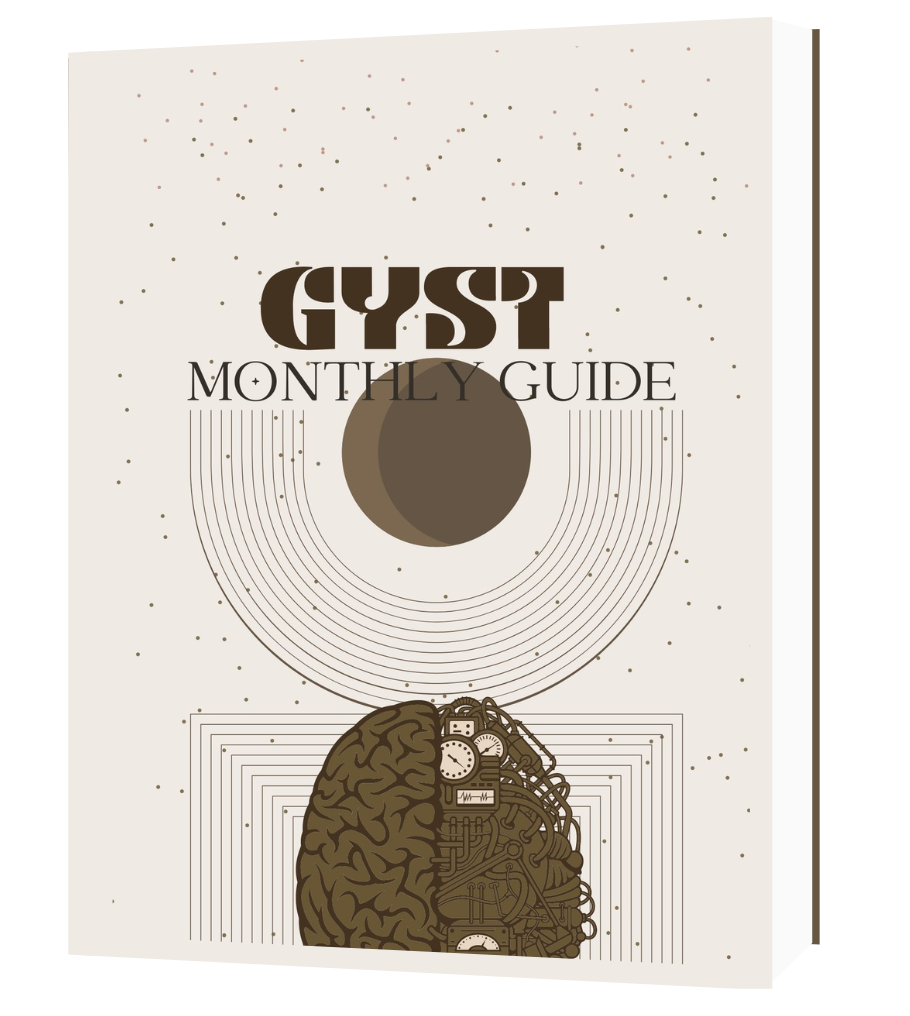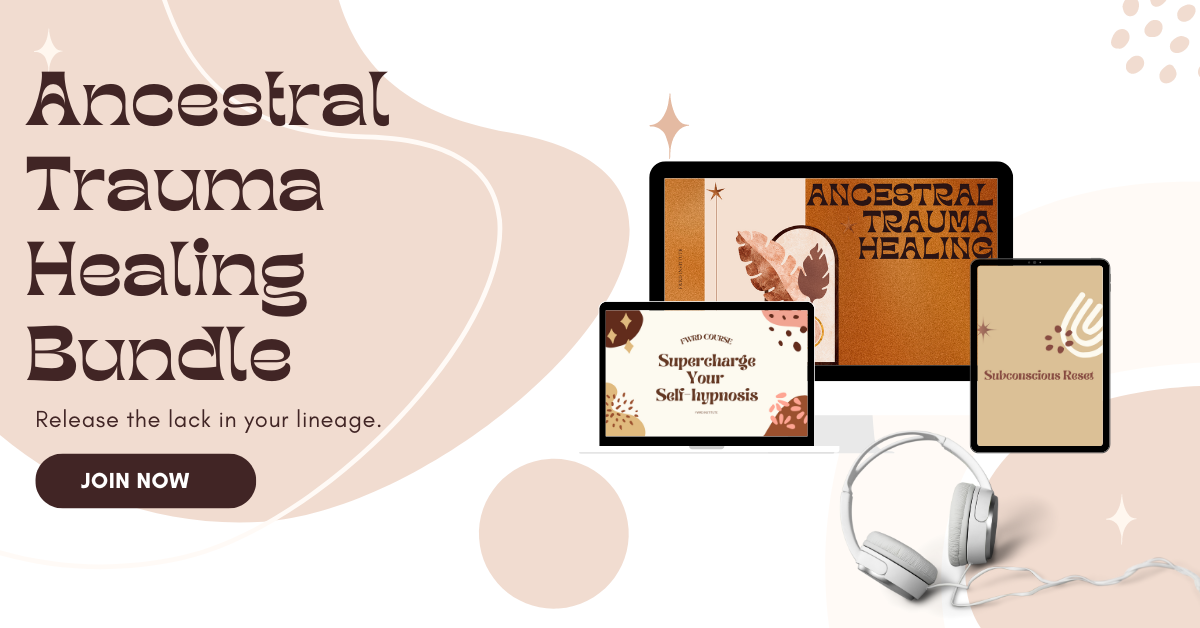30-Day Guide: How Asian Americans Can Reclaim Their Rage, Set Boundaries, and Let Emotions Flow

One of the first things I do with my Asian American clients is to help them reclaim their rage.
This process helps them in so many ways but here is a short list of the main benefits.
Smashing Stereotypes and Breaking Free
Reclaiming your rage and expressing a range of emotions challenges tired old stereotypes, allowing you to assert your individuality and break free from societal expectations that have stifled your authentic self.
Unleashing Your Inner Powerhouse
Picture this: You confidently set boundaries, prioritize your needs, and assert yourself. That's the power of reclaiming rage and learning to set boundaries—it's a journey of empowerment! Embracing this process bolsters your self-worth, self-esteem, and self-confidence. You deserve to shine, my friend!
Healing from the Past
Let's acknowledge that racial and ancestral trauma can weigh heavily on Asian Americans. It's time to release those burdens and heal. By expressing your emotions and engaging in healing practices, you'll navigate the road to emotional well-being and resilience. It's a step toward leaving the painful past behind and embracing a brighter future.
Get your shift together with this FREE GYST guide
Balancing Individuality and Cultural Identity
Ah, the tension between being true to yourself and honoring cultural expectations. Reclaiming rage and expressing emotions allow you to strike that balance. You can assert your personal needs while respecting your cultural values—a beautiful integration that celebrates your unique identity within your cultural context.
Healthy Relationships, Here We Come!
Boundaries and emotional expression are essential ingredients for healthy relationships. When you communicate your needs and feelings clearly, you foster open and honest connections. Whether it's with family, friends, or partners, you'll create spaces for mutual understanding and navigate conflicts more effectively. Get ready for those fulfilling connections!
Boosting Your Mental and Emotional Well-being
Repressed emotions can be heavy baggage, leading to mental and emotional distress. But fear not! Reclaiming your rage, setting boundaries, and expressing emotions pave the way for healthier emotional expression and release. Say hello to reduced anxiety, improved mood, and an overall boost in your mental and emotional well-being.
By embracing your inner warrior, you're embarking on a journey of self-discovery, resilience, and personal growth. It's time to reclaim your rage, set those boundaries, and let your emotions flow freely. You're smashing stereotypes, asserting your power, healing from the past, and nurturing healthy relationships along the way. Remember, you deserve to be heard, seen, and honored. So go ahead and unleash the incredible strength within you!
Now, take a deep breath, put on your favorite empowering playlist, and step into this journey of self-empowerment. You've got this, and we're here cheering you on every step of the way.
Here’s your 30-day guide to staying on track.
Day 1-5: Self-Reflection and Awareness
- Start a journaling practice to reflect on your emotions and experiences. Write about moments when you felt anger, boundaries were crossed, or emotions were suppressed. Download our free Embodied Success Guide here >>
- Explore the cultural and societal factors that may have influenced your relationship with rage, boundaries, and emotions.
- Engage in mindfulness or meditation practices to connect with your body and emotions.
Day 6-10: Understanding Boundaries
- Educate yourself on healthy boundaries and their importance in self-care and well-being.
- Reflect on situations where your boundaries were violated or neglected, and identify patterns or triggers. Check out our Somatic Guide here >>
- Practice assertiveness by setting clear boundaries in your interactions with others.
Day 11-15: Reclaiming Rage
- Learn about the different facets of rage and its potential for empowerment and transformation.
- Identify safe outlets for expressing rage, such as physical activity, art, or journaling.
- Engage in body-centered practices, like martial arts or dance, to reconnect with your physical power and strength.
Day 16-20: Emotional Expression
- Explore a range of emotions beyond anger, such as sadness, joy, fear, and vulnerability.
- Experiment with creative forms of expression, like painting, writing, or music, to give voice to your emotions.
- Find supportive spaces or communities where you can safely express and share your emotions, such as therapy groups or online forums.
Day 21-25: Self-Compassion and Healing
- Cultivate self-compassion by practicing self-care, self-forgiveness, and self-acceptance.
- Engage in nurturing activities that bring you joy and peace, such as spending time in nature, taking baths, or practicing self-massage.
- Seek out healing modalities like somatic therapy, energy work, or body-centered practices to support your emotional well-being. Learn more here >>
Day 26-30: Integration and Advocacy
- Reflect on your progress and the insights gained throughout this journey.
- Share your experiences with trusted friends, family members, or a therapist to deepen your understanding and promote dialogue.
- Consider ways you can advocate for yourself and others by speaking up against injustice, participating in community initiatives, or joining support networks.
Remember, healing is a personal and ongoing process. Be patient and gentle with yourself as you navigate these emotions and experiences.
Tap into our ancestral healing sets for support.





